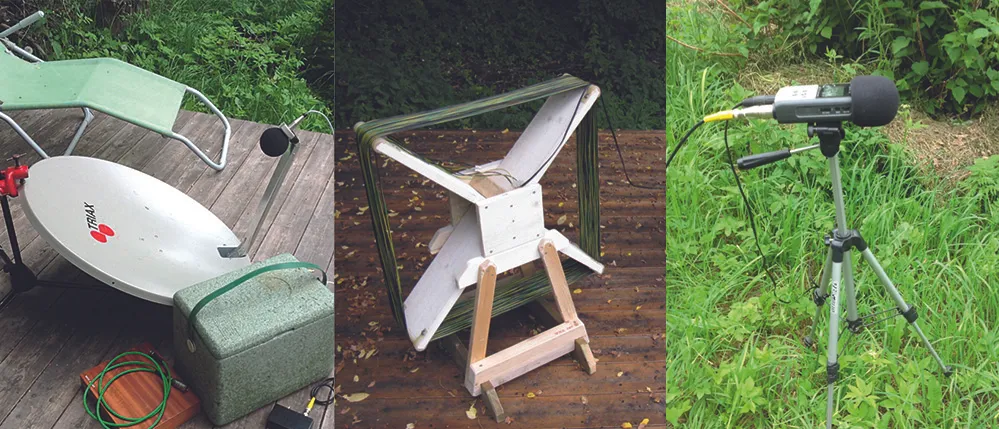One of the most magnificent sights in the night sky has to be the majesty of the aurora borealis, or Northern Lights. They are caused by charged solar particles racing down Earth’s magnetic field lines and exciting the gases in our atmosphere; principally oxygen and nitrogen.
The energy with which the particles smash into those gases causes them to glow, giving us the colourful light show we know so well.
Studies have shown that this process causes radio noise too. According to research by Prof Unto Laine of Aalto University, Finland, it seems we can add sound to the list of effects that accompany the visual drama.
In the cultures of the indigenous Sami peoples of Finland, Sweden and Norway there are myths mentioning noises when the aurora occurs.
“The Sami people in the northern part of Finland claim that the Northern Lights speak to them, saying: ‘klip-klap’,” he tells us.
Workers in those high latitudes have also reported occasionally hearing odd sounds when an auroral display is active.
Until relatively recently, these sounds and the myths surrounding them had no scientific basis.
There were no reliable recordings or analyses that could explain how the aurora, occurring at a height of 100-300km in the upper atmosphere, could produce sound close to ground level.
So in 2012 Laine set about trying to verify the noises scientifically.
His research bore fruit when he set up microphones at a site from where the aurora borealis was regularly seen.
Using a portable recorder, he captured four channels of audio: two from the recorder’s twin stereo mics, one from a second microphone 13.4m away mounted atop a reflector dish, and one from a very low frequency (VLF) antenna to capture the fluctuations in the magnetic field.

The audio recordings were then compared with simultaneous measurements of the geomagnetic disturbances made by the Finnish Meteorological Institute.
These showed a pattern, typical of that made by Northern Lights episodes, which appeared to coincide with Laine’s recordings.
“The recordings feature audio that sounds like a ‘clap’ and ‘crackle’. However, the sounds are quite subtle and required some amplification,” says Laine.
The data allowed the location of the sounds to be pinpointed to a zone about 70m above ground level.
“As for the mechanisms that could explain the sounds, in my opinion the most probable explanation is atmospheric electric discharging,” he adds.
“Many times the static electric field increases close to the ground during a geomagnetic storm, so it may reach such a high value locally that a short discharging occurs.”
He also adds that it’s still too early to speculate on other mechanisms that may be involved and that, since he receives no official funding to carry out the research, his continued research will need to be done in his own time.
“I have two other interesting sound events to study, which I found in the data recorded at different places and on different nights.”
Watch the video below to hear a clip of Laine's aurora recordings:
